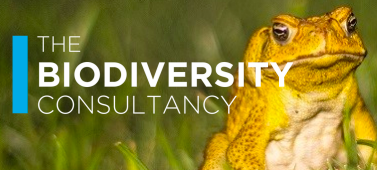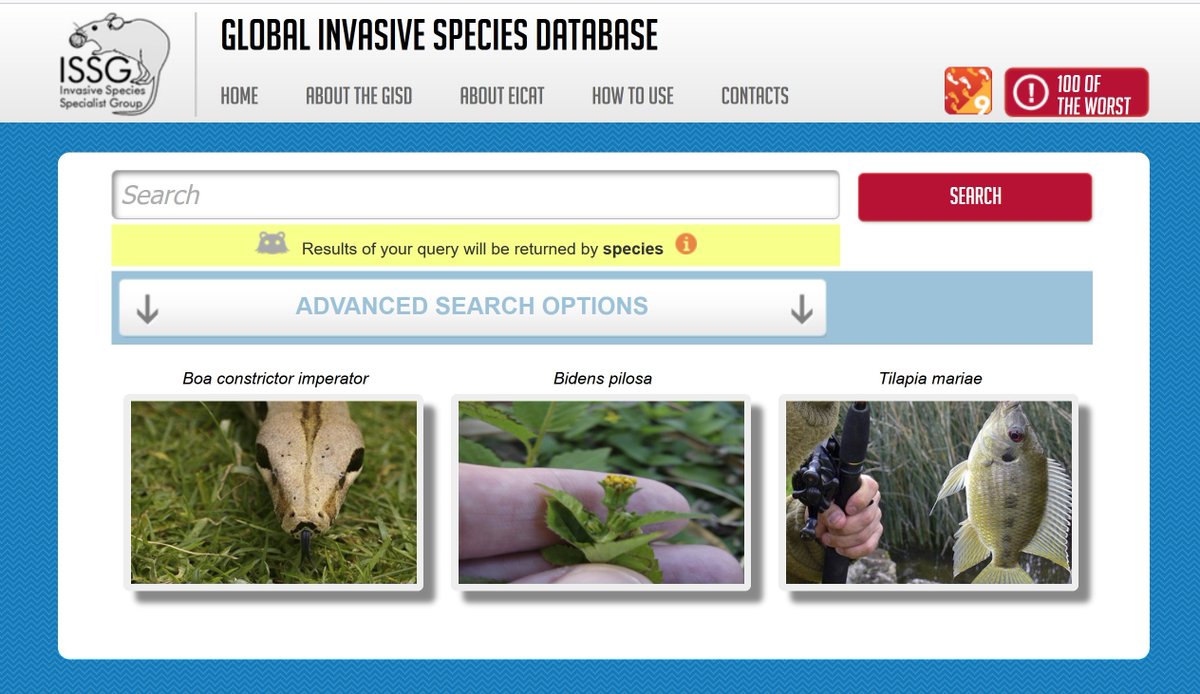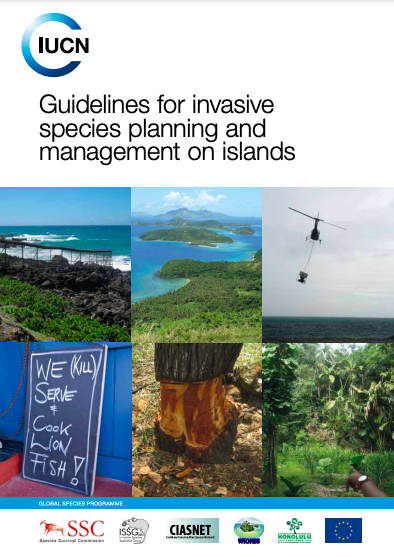Invasive Species
Description
Including prevention, control, and removal.
Share this Subissue on:LinkedIn
Resources
IPBES Invasive Alien Species Assessment
This resource from the Intergovernmental Platform on Biodiversity and Ecosystem Services (IPBES) warns that over 37,000 alien species have been introduced by human activities to regions and biomes around the world, with significant impacts on biodiversity, ecosystems, communities, and economies. It assesses the array of invasive alien species and their effects; analyses the extent of threats towards specific categories of ecosystem services and biodiversity; highlights trends and identifies key drivers of the introduction and spread of invasive species; and more.
Although this was created with policymakers in mind, this is a good resource for helping sustainability change agents to learn the extent of invasive alien species impacts on their industry and beyond.
Invasive Alien Species
This brief from the Biodiversity Consultancy can help you to understand what invasive species are, how an invasion happens, and how to manage invasive species. It also includes best practices for industry, in alignment with International Finance Corporation lending policies.
Global Invasive Species Database
This searchable database is a good source of expert information on alien and invasive species that are negatively impacting biodiversity. Managed by the Invasive Species Specialist Group (ISSG) of the IUCB Species Survival Commission, the database covers all taxonomic groups from micro-organisms to flora and fauna.
Restoring Ecosystems Through Invasive Species Control: Methods for Preventing, Monitoring, and Eradicating Invasive Species on Corporate Lands
This white paper details the key methods corporations can use to manage invasive species, enhance native habitats, and support surrounding communities. The paper uses case studies to highlight a six step approach that includes prevention, monitoring, control, restoration, education, and collaboration. This paper is a good introduction for executives and change agents to the key components of invasive species control.
Guidance Note for Pest Management Planning
This resource from IUCN is a helpful starting point for organizations drafting their first invasive species management plan. The note also provides a list of helpful reference points for specific pest management guidelines.
Guideline for Invasive Species Planning and Management on Islands
This comprehensive guideline will specifically benefit businesses with operations and projects on island territories. The guideline includes a 3-part checklist on the foundations, information and prioritisation, and management action, as well a detailed how-to, which includes advice for engaging with the community, writing an invasive species strategy and action plan, and translating the plan into action.





